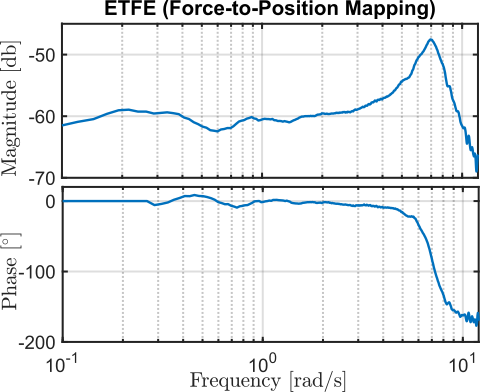Abstract
Considerable testing and modeling are required in order to fully realise, efficiently develop, and successfully industrialise the wave energy converters (WECs). Numerical modeling, full-scale measurements, and scaled prototype testing are the various methodologies that can be applied to model WECs and predict the dynamic response. Mathematical WEC models form the basis of model-based energy maximising control and directly affect the ability of model-based controllers to maximise energy capture. Linear WEC models are attractive in leading to simpler control designs, but may not cover the complete operational space. One solution is to identify a range of linear models at different operating points, which give a measure of the underlying nonlinear behaviour [1], [2]. This model set can then be used to extract a nominal model, and an associated uncertainty region, which can be used as a basis for a robust WEC controller synthesis process, such as articulated in [3].
Recently, such an approach has been adopted using data generated from a high-fidelity numerical computational fluid dynamics (CFD) model [4]. However, numerical wave tanks (NWTs) and physical wave tanks differ significantly in terms of the range of tests which can be performed, and the contamination which can affect the measurements used to determine the data-based models e.g. measurement noise, numerical effects, wave reflections, etc [5]. As a result, the determination of nominal models and uncertainty regions in a physical wave tank may provide some advantages (and disadvantages) which need to be examined carefully. In addition, the range of post-processing techniques which could, or should, be applied to the different experimental/numerical domains, to improve the fidelity of the identified models, may differ between domains.
In this paper, experimental testing of a WEC, by recreating a wave field similar to real-life conditions and a small-scale version of the device, is used to understand the hydrodynamic behaviour and to obtain an accurate dynamic model for WECs, which are considered to be essential towards optimal WEC design. Physical wave tank experiments, even though having their own disadvantages, overcome some difficulties of CFD-based NWT experiments, most notably huge computation time, problems in accurate representation of viscous fluids, uncertainty in the specification of an appropriate turbulence model, and propagation of incident waves [6].
In this study, representative linear models of a point-absorber type WEC from a physical wave tank in the wave basin at Aalborg University are determined which give insight into the system dynamics and provide a basis for robust control of WECs. Among different stimulation techniques to excite the system dynamics in physical wave tank tests, the particular types of excitation signals covering the complete range of frequencies and amplitudes of the system dynamics, while considering limitations on the range of excitation signals or the wave tank reflections, are adopted for the determination of representative linear models. Moreover, a full investigation is carried out to ascertain the appropriate post-processing needed to optimise the signals as the basis for model identification. The model identification includes the non-parametric frequency response by means of empirical transfer function estimate (ETFE).

